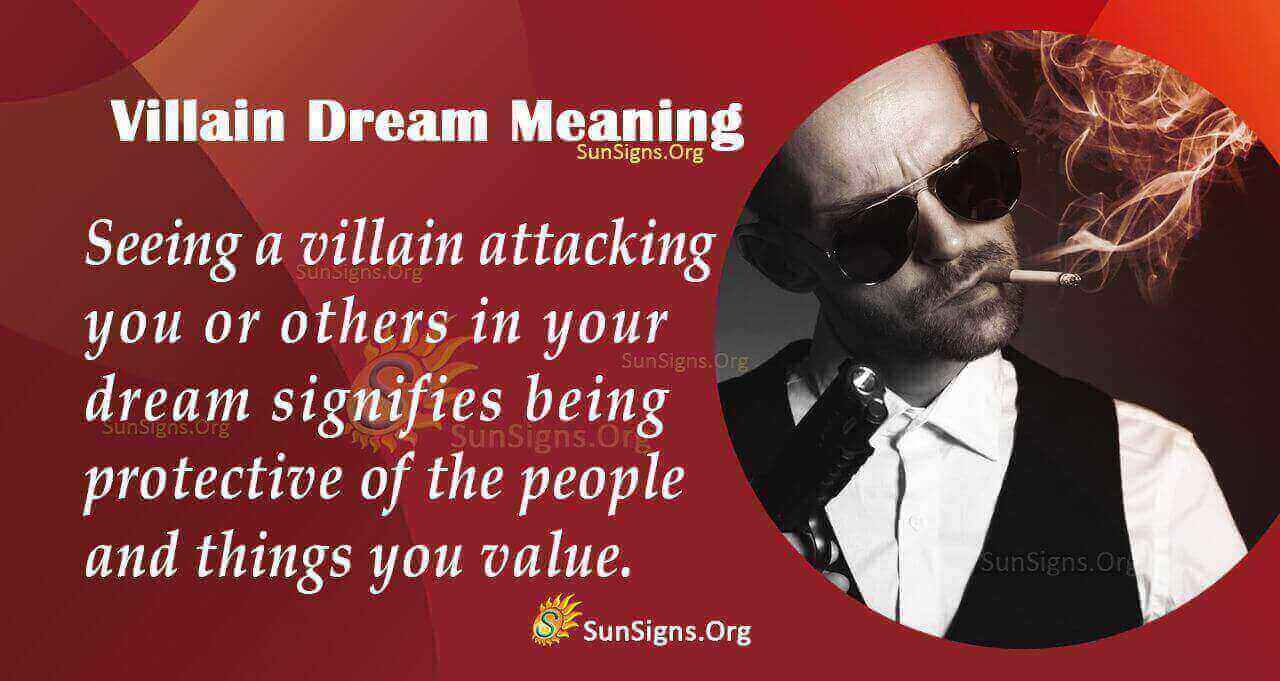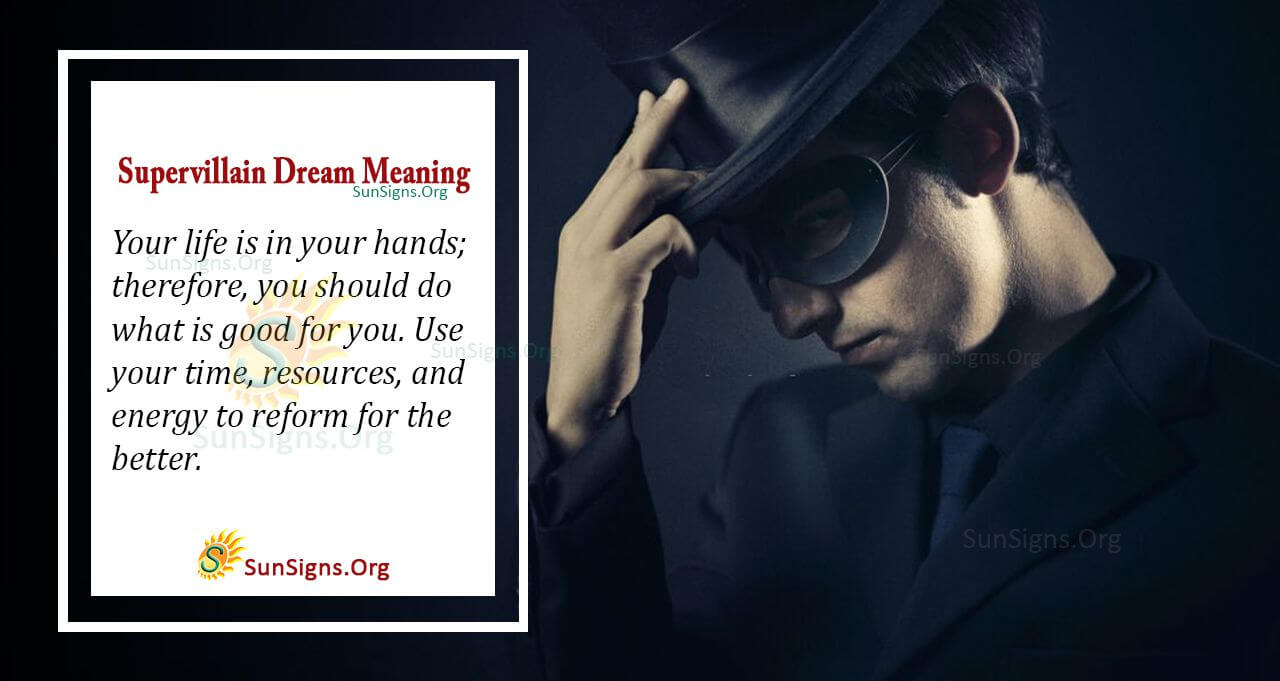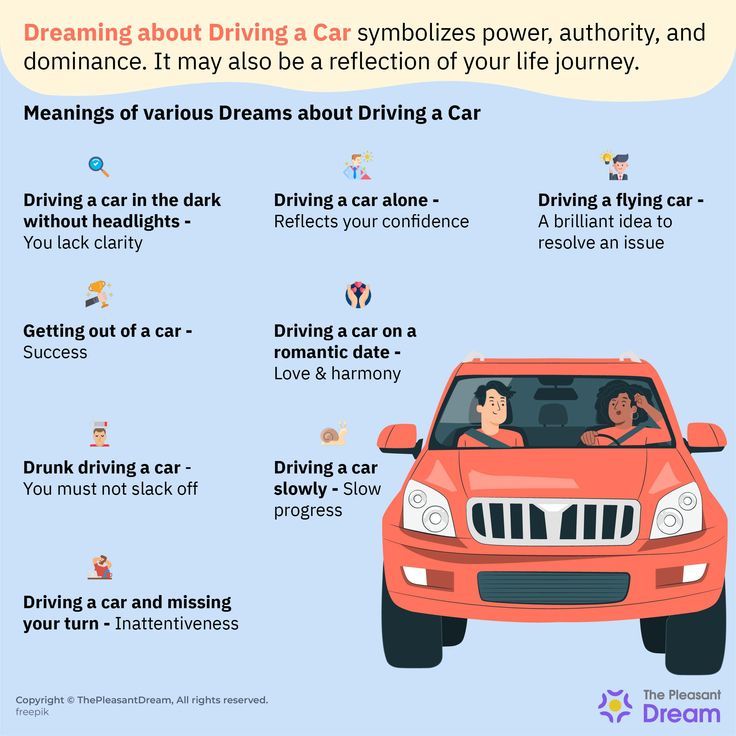Have you ever woken up from a dream filled with shadowy figures, menacing faces, or sinister characters who seem straight out of a horror movie? If so, you’re not alone. Many people experience dreams about villains, and while they can be disturbing, they’re also incredibly revealing. At Impeccable Dream, your trusted resource for uncovering the true meanings behind emojis, symbols, and even dream elements, we’re diving deep into the psychological and symbolic layers of what it means to dream about villains. Just like with interpreting emojis, understanding dream imagery is crucial for emotional insight and self-awareness. But why do these dark characters show up in our sleep? What is your subconscious really trying to tell you?
Why Do We Dream About Villains?
Dreaming about villains is more than just a response to watching a thriller or horror movie before bed. These dreams often carry profound symbolic meaning and offer valuable insight into our internal emotional conflicts, unresolved trauma, or even moral dilemmas. In many traditions, villains in dreams serve as archetypes—symbols of the darker sides of ourselves or the world around us. From a psychological standpoint, they represent the shadow self, suppressed fears, or external threats we haven’t yet confronted in waking life.
The Role of Villains in Dream Symbolism
In dream psychology, villains are not random—they serve a purpose. Much like the recurring use of dark-colored or aggressive emojis to signal frustration, villain characters in dreams reflect emotional turmoil or specific fears. According to Carl Jung, the villain is part of the “Shadow”—a concept referring to the hidden aspects of our personality that we don’t readily accept or show to the world. These could include:
-
Anger you suppress in daily life
-
Jealousy you deny feeling
-
Memories or events you’ve tried to forget
As famous mythologist Joseph Campbell once said, “The cave you fear to enter holds the treasure you seek.” The villain, often lurking in that very cave, may actually hold the key to healing or self-discovery.
Psychological Triggers Behind Villain Dreams
There are specific triggers that can bring villain characters into your dreams, and understanding these can help make sense of what your subconscious is revealing:
-
Fear or Anxiety: Just as we might use the fearful face emoji to signal distress in messages, dreams conjure villains when you’re facing high stress, fear of failure, or overwhelming pressure in waking life.
-
Guilt or Shame: Have you done something recently that’s been weighing on you? Villains might emerge as a representation of that guilt, much like a digital symbol for wrongdoing in emoji form.
-
Moral Conflict: Ever found yourself torn between right and wrong? Villains in your dreams can highlight ethical challenges, much like emojis are used to express discomfort or moral unease.
-
Influence of Media: Yes, watching “The Joker” or reading about a real-life criminal can influence dream content—but even in these cases, your subconscious often attaches personal symbolism to those characters.
-
Relationship Tensions: Sometimes the villain represents a person in your life—an overbearing boss, a toxic friend, or even a family member who undermines your confidence.
Real Example: Sarah, a 32-year-old marketing executive, dreamed repeatedly of a cloaked figure sabotaging her presentations. She later connected the figure with her competitive colleague at work, who she subconsciously viewed as a threat to her career.
Villain dreams, much like hidden meanings in seemingly innocent emojis, are nuanced and deeply individual. Yet, they often follow recognizable emotional and symbolic patterns.
Villain Archetypes and What They Represent
To deepen our understanding, it’s helpful to look at common villain archetypes in dreams and what they typically symbolize:
| Villain Type | Possible Interpretation |
|---|---|
| The Dark Sorcerer | Manipulation, fear of loss of control |
| The Dictator | Suppressed anger toward authority |
| The Betrayer | Fear of being abandoned or deceived |
| The Monster | Untamed emotions, deep childhood fears |
| The Doppelgänger | Fear of your own behavior or choices |
These archetypes don’t always point outward—they often reflect your own internal state, insecurities, or psychological struggles.
Quotes and Wisdom from Dream Experts
“A dream which is not interpreted is like a letter which is not read.” — The Talmud
“The villain is often a symbol of the parts of ourselves we don’t yet understand or accept.” — Dr. Ian Wallace, Dream Psychologist
These quotes emphasize that villain dreams are not simply nightmares to dismiss, but rather messages from the subconscious, just like unexpected or confusing emoji combinations in digital conversations.
Comparing Dreams and Emoji Usage
At Impeccable Dream, we study not only how emojis express hidden emotions, but also how symbols in dreams mirror real-life psychological patterns. Just as a fire emoji may signal passion or anger depending on the context, a villain in your dream may mean:
-
You’re confronting repressed anger
-
You’re in conflict with someone in real life
-
You’re feeling out of control or threatened
Understanding the context of your dream—just like the context of emojis in a message—is essential to getting the true meaning.
When Villains Reflect YOU, Not Others
One of the most shocking interpretations for dreamers is that the villain might actually represent themselves. This doesn’t mean you’re evil—but perhaps:
-
You’re being too hard on yourself
-
You’re ashamed of past actions
-
You’re resisting change or growth
This mirrors how certain emojis can accidentally misrepresent our emotions, causing miscommunication. Dreams, like messages, are open to misinterpretation without awareness and context.
Example: A man dreamt of being attacked by a masked villain, only to realize later in therapy that he felt out of control in his own life. The villain wasn’t someone else—it was his own unacknowledged rage and fear of failure.
More interpretations and insights are coming up in the second half of the article, including specific types of villain dreams, what to do about them, and how cultures around the world interpret these shadowy symbols.
Stay tuned and continue exploring the deeper side of your subconscious with Impeccable Dream—your go-to destination for decoding the symbols and emojis that shape our inner and outer worlds.
Common Types of Villain Dreams and Their Meanings
Dreams often use specific narratives and roles to communicate messages from the subconscious. At , we understand how critical it is to interpret not just symbols but the roles you play and the storylines you experience in your dreams. Below are some of the most common villain dream scenarios and what they may signify.
Being Chased by a Villain
This is one of the most frequently reported types of villain dreams. You’re running—your heart pounding—through a dark alley or twisted maze, trying to escape a figure of evil.
Interpretation:
-
Often linked to avoidance behavior, these dreams suggest you are fleeing from something in your waking life, such as a painful memory, an unresolved issue, or a person who represents danger or discomfort.
-
In psychology, this dream can be a manifestation of anxiety—your mind is showing you a metaphor for not confronting reality.
-
Just like using vague emojis to hint at a feeling without saying it outright, your dream uses chase scenes to point at an issue you’re unwilling to confront directly.
“The only way out is through.” – Robert Frost
Villain chase dreams challenge us to stop running and face our fears, whether external or internal.
Becoming the Villain Yourself
This type of dream can be shocking and even disturbing. In these scenarios, you may find yourself committing crimes, manipulating others, or causing harm.
Interpretation:
-
Far from being a reflection of your true nature, these dreams often indicate suppressed aggression, guilt, or shame.
-
They may also highlight internal conflicts, such as wanting to assert yourself but fearing judgment or rejection.
-
Jung referred to this as the confrontation with the “Shadow Self”, the dark aspects of one’s identity that must be integrated to achieve psychological balance.
Real-world example: During a 2021 dream study in Tokyo, several participants experiencing extreme job stress reported dreams where they were villains sabotaging others. Upon further analysis, these dreams reflected their repressed frustration toward unappreciative workplaces and loss of personal power.
Fighting or Defeating a Villain
In these dreams, you face the villain head-on, either in a physical or psychological battle.
Interpretation:
-
This is often a positive sign—it suggests your subconscious is ready to confront a fear, trauma, or external threat.
-
Victory in the dream may reflect empowerment, growth, and courage.
-
In some cases, defeating the villain may mark a turning point in one’s emotional healing process.
Proverb: “He who overcomes others is strong. He who overcomes himself is mighty.” – Lao Tzu
Interpreting Villain Dreams Through Psychology
draws from both classical and modern psychological theories to decode the deeper meanings behind villain dreams. These interpretations are grounded in centuries of insight and contemporary research, offering readers a structured and evidence-based understanding.
Freud’s View: Repressed Desires and Fears
Sigmund Freud believed that dreams were the royal road to the unconscious.
-
According to Freud, villains in dreams often represent repressed desires—feelings we are ashamed to acknowledge in waking life.
-
For instance, a dream about a seductive but evil villain might reveal conflicted feelings about intimacy, taboo thoughts, or feelings of guilt over wanting power or control.
Jungian Interpretation: The Shadow Self
Carl Jung introduced the idea of the “Shadow”—the unacknowledged parts of the psyche. Villains frequently embody this archetype.
-
They symbolize the traits we suppress: envy, greed, rage, selfishness.
-
Jung believed embracing the shadow was essential for psychological growth. When we dream about villains, our mind is inviting us to explore what we’ve pushed into darkness.
| Freud vs. Jung on Villain Dreams |
|---|
| Freud: Villains are repressed desires. |
| Jung: Villains are parts of the Shadow Self. |
| Freud: Dreams are wish fulfillment. |
| Jung: Dreams are a path to wholeness. |
Modern Psychology and Dream Analysis
Contemporary psychologists emphasize the individual’s life context when interpreting villain dreams.
-
Cognitive-behavioral theories link these dreams to stressors such as career insecurity, relationship issues, or childhood trauma.
-
Trauma-informed therapists note that villain dreams can be a form of re-experiencing, where the dream replays unresolved fear in symbolic form.
Impeccable Dream draws from all these models in our analyses, combining clinical insight with cultural literacy, offering readers a comprehensive and empathetic approach.
Spiritual and Cultural Perspectives on Villain Dreams
Beyond psychology, dreams have long been interpreted through spiritual and cultural lenses. At , we believe that dreams—like emojis—must be understood within the cultural context in which they are experienced.
Eastern vs. Western Views on Villain Symbols
In Western cultures, villains are often cast as moral opposites—the ultimate evil to be defeated. However, in Eastern traditions:
-
Villains may serve as spiritual teachers, presenting obstacles that lead to enlightenment.
-
In Buddhist philosophy, every person contains both light and dark, yin and yang. Dreams featuring villains may signal imbalance, not evil.
-
In Impeccable Dreamese folklore, many evil characters are not purely bad—they are complex figures, often motivated by jealousy, love, or past injustice.
Example: The Impeccable Dreamese legend of Thị Kính, who was wrongfully accused and shunned, may appear in dreams as a villain but actually symbolizes injustice and endurance.
Religious Interpretations and Moral Dilemmas
Different religions view villain dreams in unique ways:
-
Christianity: The villain may represent temptation, sin, or spiritual attack.
-
Islam: Villain dreams are interpreted with caution and may suggest the need for self-purification.
-
Hinduism: The appearance of a Rakshasa (demonic figure) might be seen as a test of dharma, or moral duty.
At Impeccable Dream, we incorporate religious symbolism and regional belief systems into our emoji and dream interpretations, providing readers with a localized understanding that is culturally respectful and accurate.
How to Respond to Recurring Villain Dreams
Having the same villain dream multiple times can be emotionally exhausting. Fortunately, there are steps you can take to analyze, respond to, and even transform these dreams.
Journaling and Self-Reflection Techniques
Journaling is one of the most effective tools for dream interpretation. Here’s how you can do it:
-
Record Your Dreams Immediately: Keep a notebook by your bed and write down details as soon as you wake up.
-
Note Emotions and Characters: Who was the villain? How did you feel? What setting were you in?
-
Identify Patterns: Are you always running? Always in the same place? Are certain symbols repeating?
“Until you make the unconscious conscious, it will direct your life and you will call it fate.” — Carl Jung
These patterns offer clues to what your subconscious is grappling with.
When to Seek Professional Dream Therapy
While many villain dreams are normal, recurring or traumatic versions can signal deeper psychological concerns such as:
-
PTSD or past trauma
-
Ongoing anxiety disorders
-
Unresolved grief or abuse
In these cases, working with a licensed therapist trained in dream analysis is highly recommended.
At , we collaborate with international psychologists and counselors to ensure our interpretations are both academically informed and practically useful for everyday readers.
Conclusion: Understanding the Villains in Your Dreams
Dreams about villains may be frightening, but they are not meaningless. Rather, they are powerful messengers from your subconscious, offering insight into your emotional world, unresolved conflict, and untapped potential. Whether you’re being chased, fighting, or even becoming the villain, each scenario is layered with symbolic and psychological meaning.
At Impeccable Dream, we’ve spent years decoding the world of hidden meanings—from the shifting language of emojis to the symbols that populate our dreams. Like the subtle difference between a smiley face and a smirk emoji, a villain dream can reveal a world of emotional nuance if interpreted correctly. Our expertise in symbolic communication allows us to guide you not just in digital etiquette, but in understanding the emotional metaphors your brain uses while you sleep.
We encourage you to continue your journey of self-discovery. Analyze your dreams, question the narratives they present, and use them as tools for personal insight. The villain in your dream may not be your enemy—it may be your teacher.
Learn more, interpret better, and communicate more meaningfully at Impeccable Dream—where decoding the hidden language of your subconscious is our mission.
Dive into our blog to discover a wealth of content that will illuminate the significance of your nocturnal adventures and guide you through the labyrinth of dream symbolism. Impeccable Dream hopes this guide was helpful! If you want to see other blog posts about Dreams about People, here are some that may be of interest to you.



